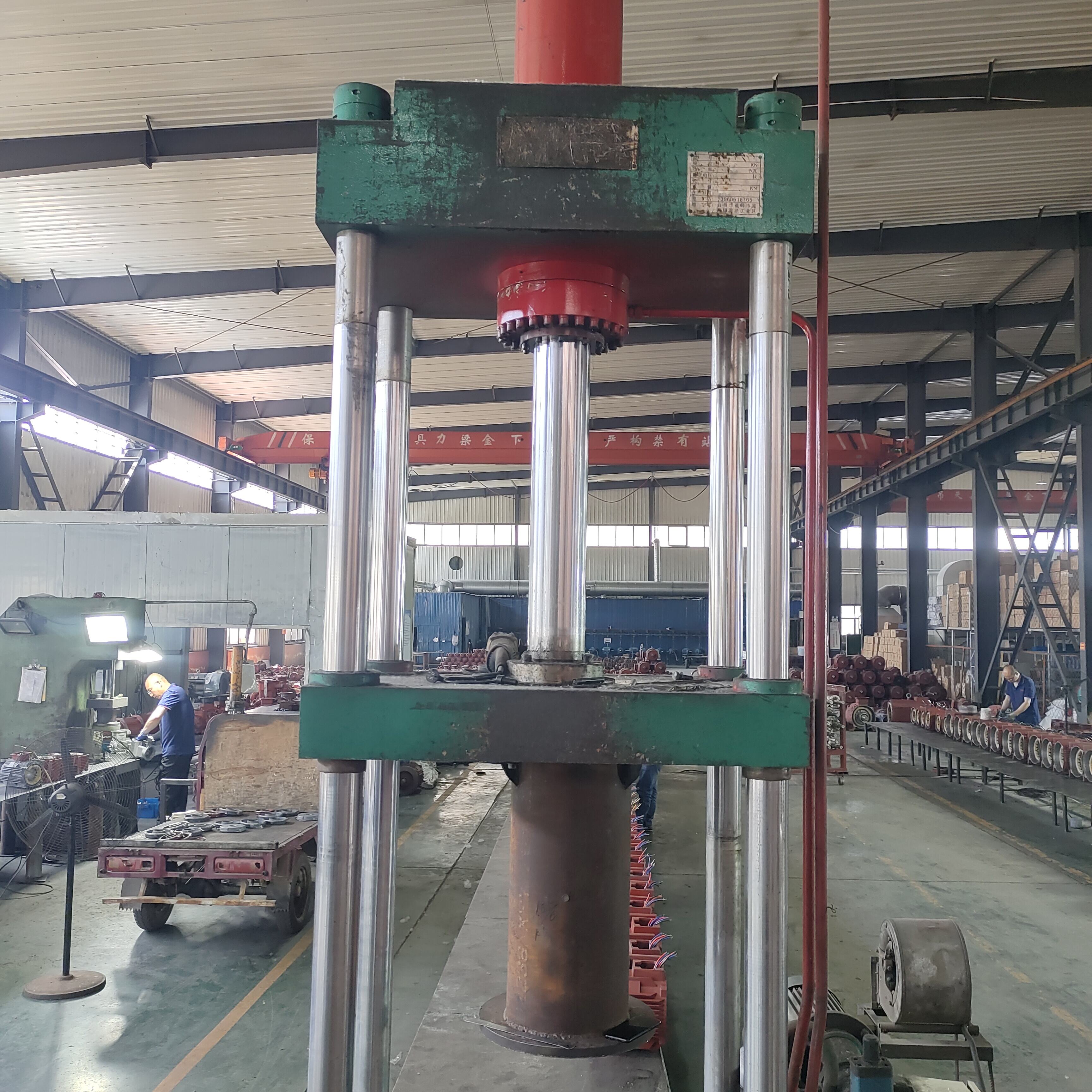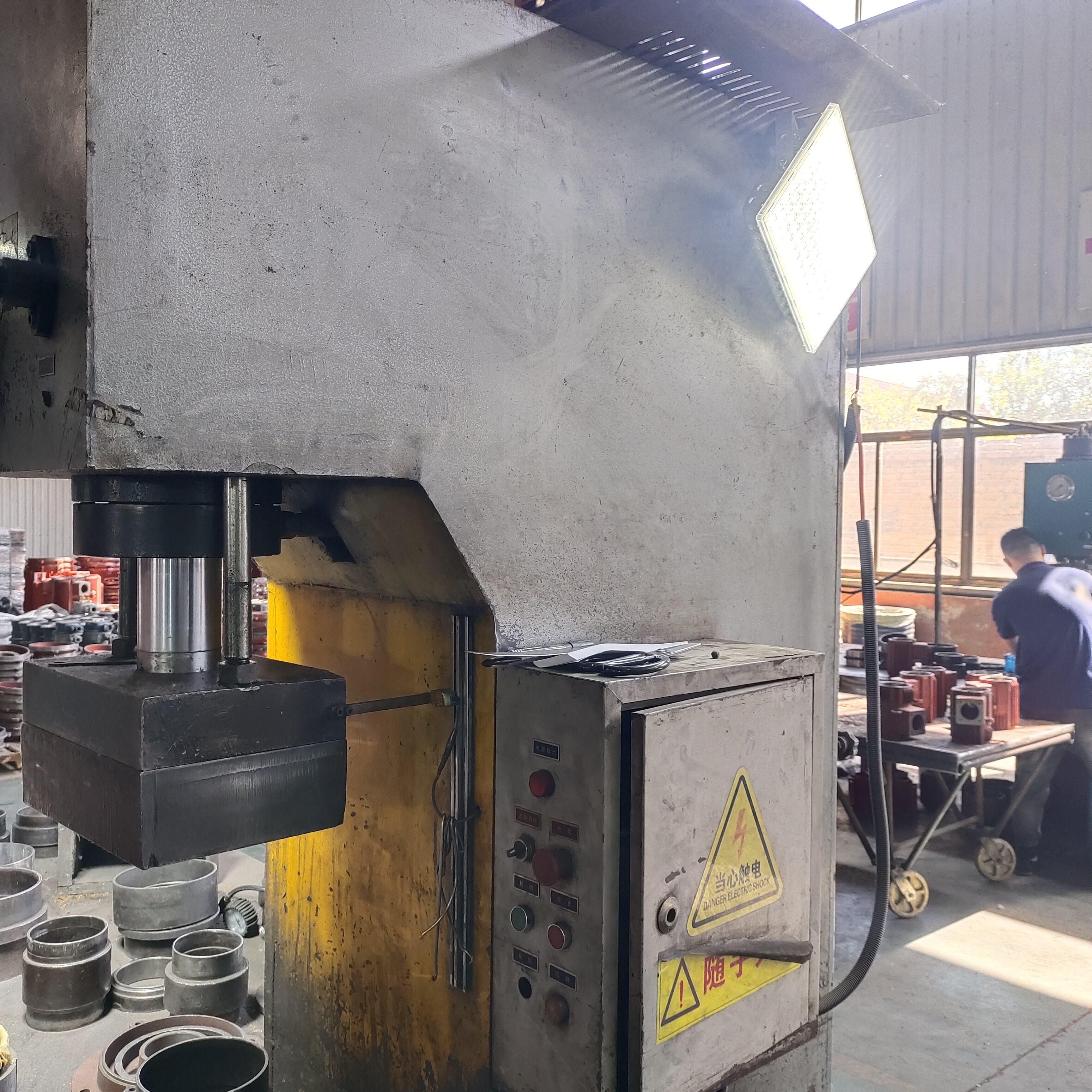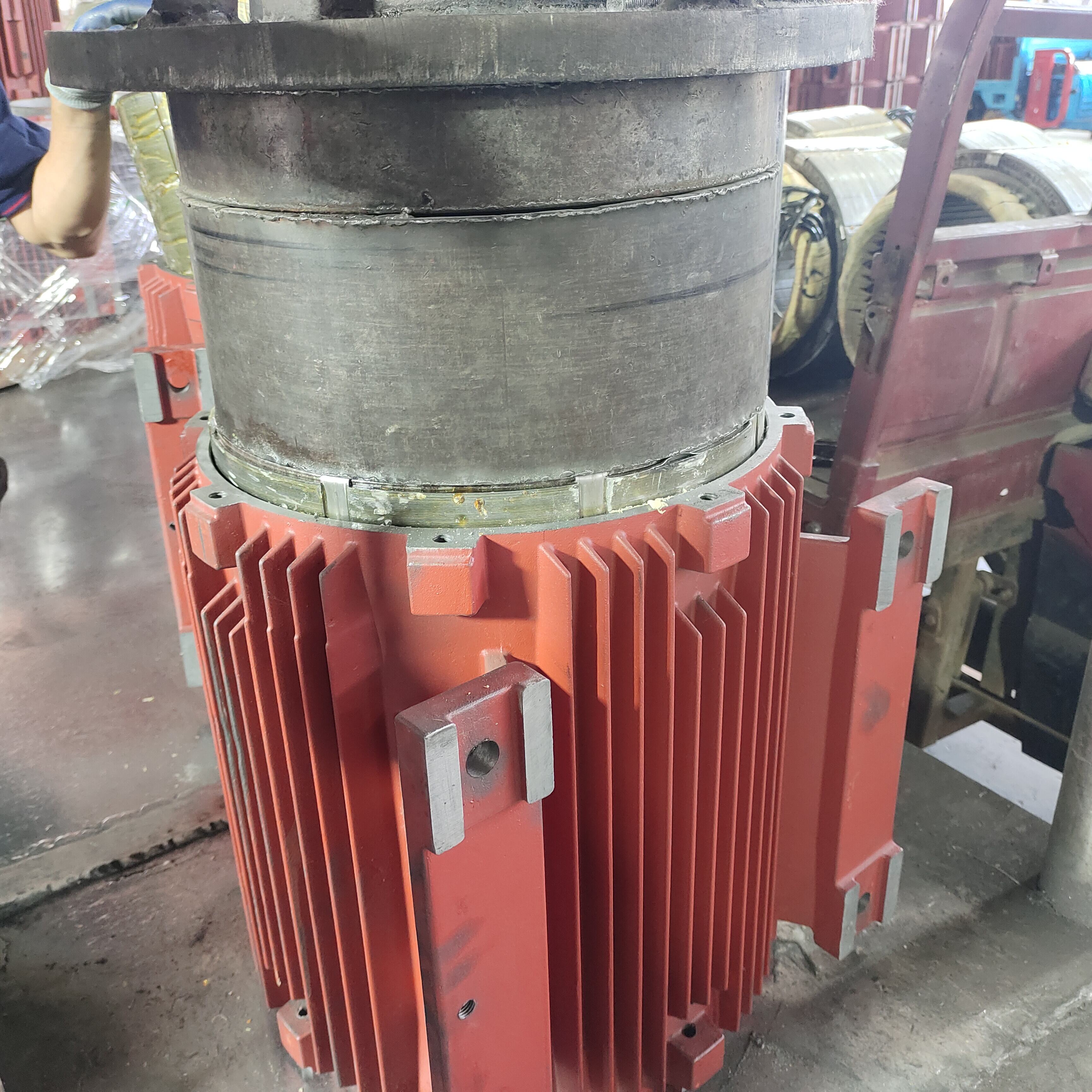automotive die casting
Automotive die casting represents a sophisticated manufacturing process that plays a pivotal role in the modern automotive industry. This precision-driven technique involves injecting molten metal under high pressure into reusable metal dies, creating complex, dimensionally accurate components essential for vehicle production. The process excels in producing high-volume, lightweight parts with excellent surface finishes and tight tolerances. Die casting enables manufacturers to create intricate components ranging from engine blocks and transmission cases to structural elements and decorative trim pieces. The technology employs advanced automation systems and computer-controlled processes to ensure consistent quality and repeatability. Modern automotive die casting facilities utilize sophisticated monitoring systems that track parameters such as temperature, pressure, and cycle times to maintain optimal production conditions. The process supports the industry's push toward lighter, more fuel-efficient vehicles by enabling the production of thin-walled components with exceptional strength-to-weight ratios. This manufacturing method particularly shines in its ability to integrate multiple features into single castings, reducing assembly requirements and improving overall vehicle reliability.


